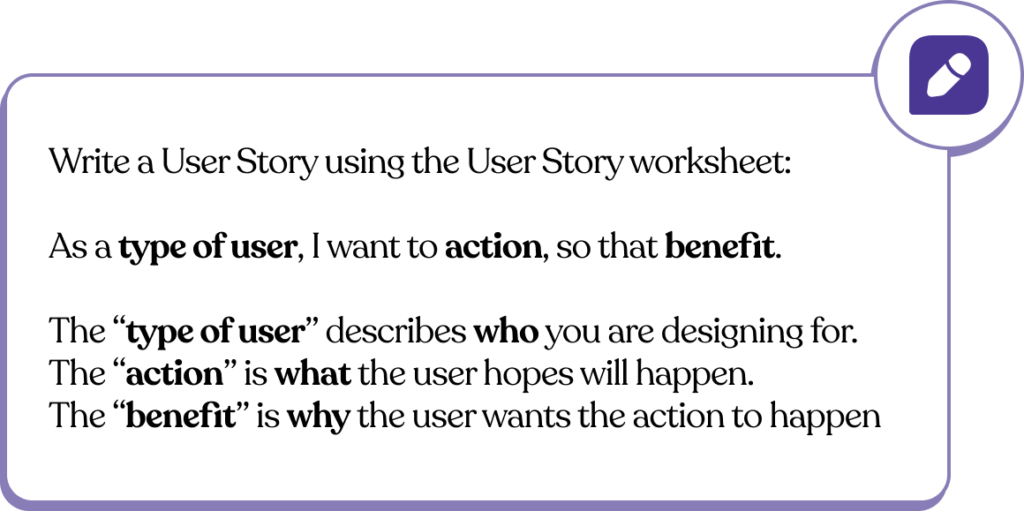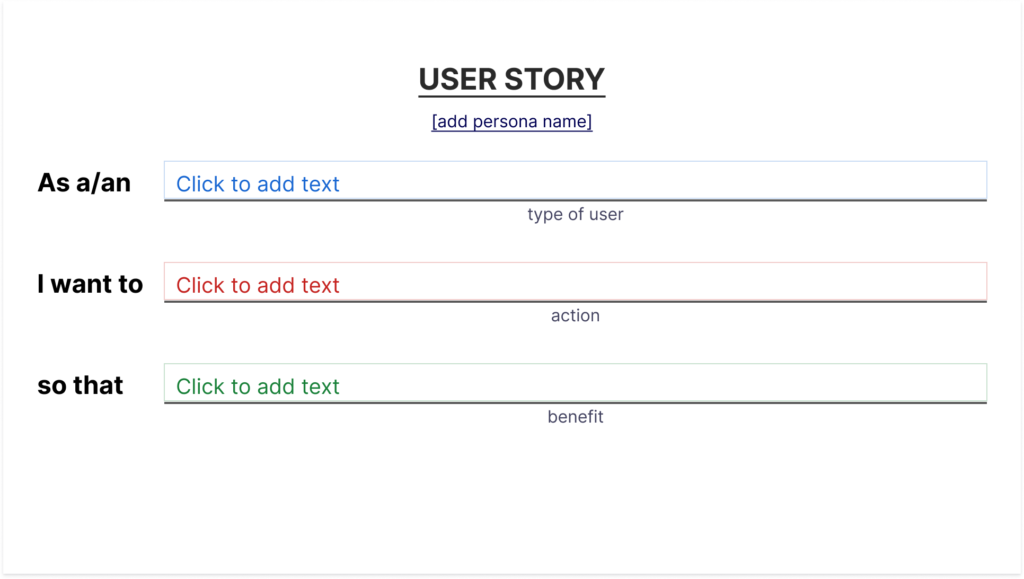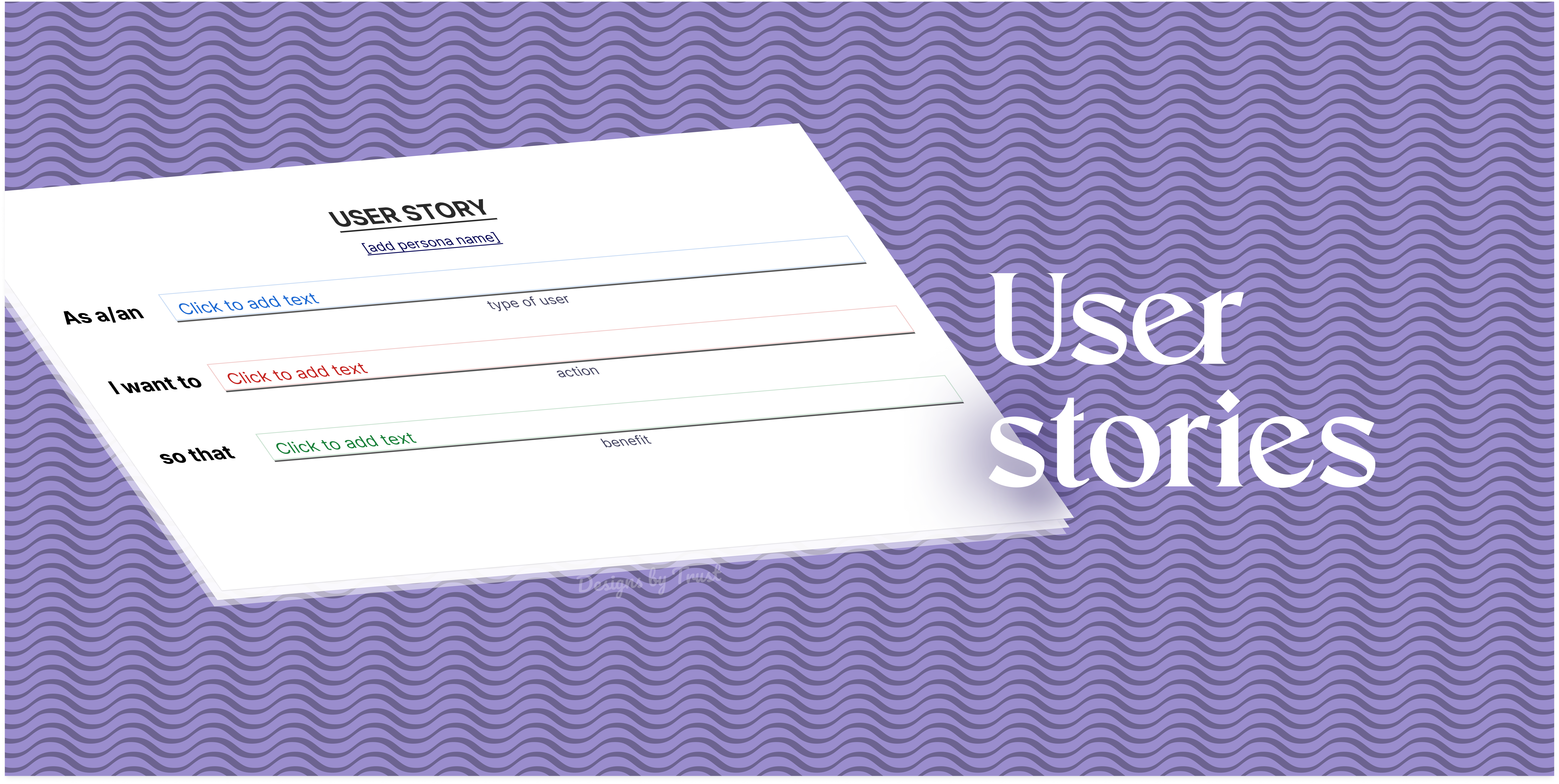User Stories in UX Design: Creating Human-Centered Experiences. User experience (UX) design has evolved into a pivotal aspect of modern product development, focusing on creating seamless, intuitive, and satisfying interactions between users and technology. One of the key methodologies that drives successful UX design is the creation and utilization of user stories. In this comprehensive exploration, we delve into the world of user stories, understanding their significance, crafting effective ones, and uncovering their role in shaping exceptional user experience
Best Figma User Stories Templates
Understanding User Stories
At its core, a user story is a concise, user-centric narrative that captures the essence of a user’s interaction with a product or system. It encapsulates what a user wants to achieve, why they want to achieve it, and how the product or system helps them in achieving their goals. User stories offer a human touch to the design process, placing users at the heart of decision-making.

Components of User Stories
A typical user story consists of three crucial components:
- Role: This defines the user or the persona for whom the story is being told. It answers the question, “Who is using the product?”
- Goal: The goal articulates what the user wants to accomplish using the product. It answers the question, “What does the user want to achieve?”
- Benefit: This part outlines the value or benefit that the user derives from achieving the goal. It answers the question, “Why is achieving this goal important to the user?”
For example:
As a frequent traveler (Role), I want to easily search for and book flights (Goal), so that I can save time and quickly plan my trips (Benefit).

Crafting Effective User Stories
Creating impactful user stories requires a deep understanding of the target users and their needs. Here’s a step-by-step guide to crafting effective user stories:
1. User Research
Before even attempting to create user stories, comprehensive user research is essential. This involves conducting interviews, surveys, and usability tests to gather insights into user behaviors, pain points, and motivations.
2. Persona Creation
Based on the research, develop user personas – fictional characters representing your target audience. These personas provide a clear picture of user demographics, goals, and challenges.
3. Identify User Goals
For each persona, identify their primary goals when using the product. These goals will serve as the foundation for your user stories.
4. Map User Journeys
Understand the path users take to achieve their goals. This involves identifying touchpoints, pain points, and opportunities for improvement.
5. Write User Stories
Using the “Role-Goal-Benefit” structure, craft user stories that reflect the user’s perspective. Make them succinct and focused on one goal to maintain clarity.
6. Prioritize and Refine
Not all user stories are of equal importance. Prioritize them based on user needs, business goals, and technical feasibility. Refine the stories to eliminate ambiguity and ensure they align with the overall vision.
7. Collaborative Efforts
User stories are most effective when they’re developed collaboratively. Involve designers, developers, and other stakeholders to gain diverse insights and ensure a holistic approach.
Role of User Stories in UX Design Process
User stories have a profound impact on various stages of the UX design process. Let’s explore their role from conceptualization to implementation:
1. Ideation and Conceptualization
During the initial brainstorming phase, user stories help teams envision the user’s journey and needs. They guide discussions and ensure the product idea remains user-focused.
2. Wireframing and Prototyping
When translating concepts into tangible designs, user stories provide a clear framework. Designers can map user interactions, screen flows, and features directly to user stories.
3. Usability Testing
User stories serve as a basis for creating usability test scenarios. Testing the product with real users against these scenarios validates design choices and highlights areas for improvement.
4. Iterative Design
As the design evolves through iterations, user stories keep the team grounded in user needs. They act as a touchstone to ensure that design changes remain aligned with the original intent.
5. Development and QA
For developers, user stories provide context for building features and functionalities. Quality assurance teams can also validate the end product against user story criteria.
6. Post-Launch Analysis
Even after launch, user stories continue to be valuable. User feedback and analytics can be compared against the user stories to measure the product’s success in meeting user needs.
Advantages of Using User Stories
The adoption of user stories in UX design offers several significant advantages:
1. Human-Centered Design
User stories emphasize empathy by centering the design process around user needs. This results in products that truly resonate with users and solve their pain points.
2. Improved Communication
By providing a clear and concise format, user stories bridge the gap between designers, developers, and stakeholders. Everyone involved can understand the user’s perspective.
3. Enhanced Collaboration
Cross-functional teams can collaboratively develop user stories, fostering a shared understanding of the product’s purpose and user interactions.
4. Flexibility and Adaptability
User stories are adaptable to changes, allowing teams to adjust priorities and features based on user feedback and evolving requirements.
5. Clear Prioritization
User stories aid in prioritizing features and functionalities based on user needs and business goals, ensuring that valuable resources are utilized effectively.
Challenges and Considerations
While user stories offer numerous benefits, they also come with challenges that need to be addressed:
1. Oversimplification
User stories might oversimplify complex interactions. It’s essential to supplement them with detailed documentation or discussions to avoid misinterpretation.
2. Assumption Bias
Writers of user stories might unintentionally project their assumptions onto the user, leading to misaligned design decisions. Regular user testing helps validate or refute these assumptions.
3. Scaling and Consistency
Maintaining consistency and scalability across a large number of user stories can become daunting. Using templates and standardized formats can help streamline the process.
4. Evolving User Needs
User needs change over time. Continuous user research is necessary to ensure that user stories remain relevant and aligned with evolving requirements.
Conclusion
In the realm of UX design, user stories emerge as potent tools for creating meaningful, user-centric experiences. By placing users’ aspirations, goals, and benefits at the forefront, designers, developers, and stakeholders can collaboratively craft products that not only meet but exceed expectations. The user story approach encourages empathy, effective communication, and adaptability, fostering a culture of human-centered design that resonates with users on a profound level. As technology continues to advance, the significance of user stories remains unwavering, guiding the path toward creating exceptional digital interactions.
